Celebrating Tea and Cultural Connections: Yaji Cultural Center Program in Kathmandu
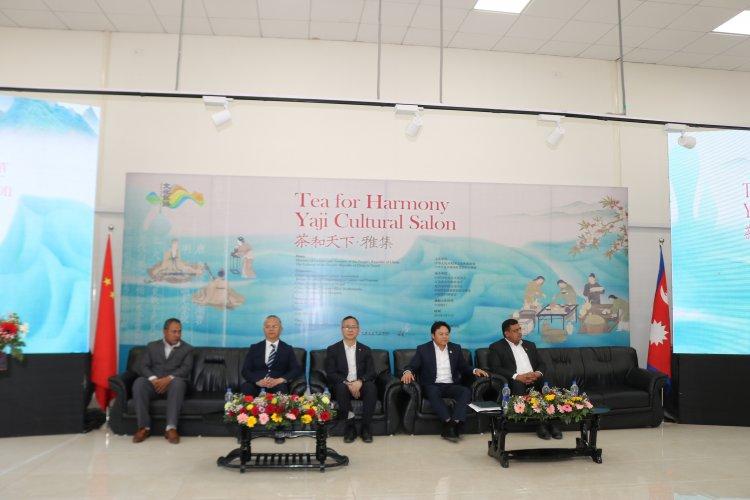
Tea for Goodwill in Kathmandu: The Yaji Cultural Center program was successfully concluded on Jeth 2 in Kathmandu, Nepal.
During the event, Sudan Kiranti, the Minister of Culture, Tourism, and Civil Aviation of the Government of Nepal, highlighted the origin of tea cultivation in China, which is considered the first in the world. He emphasized how Chinese tea has captured the hearts of people worldwide. Minister Kiranti also emphasized the deep cultural and people-to-people connections between Nepal and China. Furthermore, he acknowledged China as Nepal's second-largest trading partner.
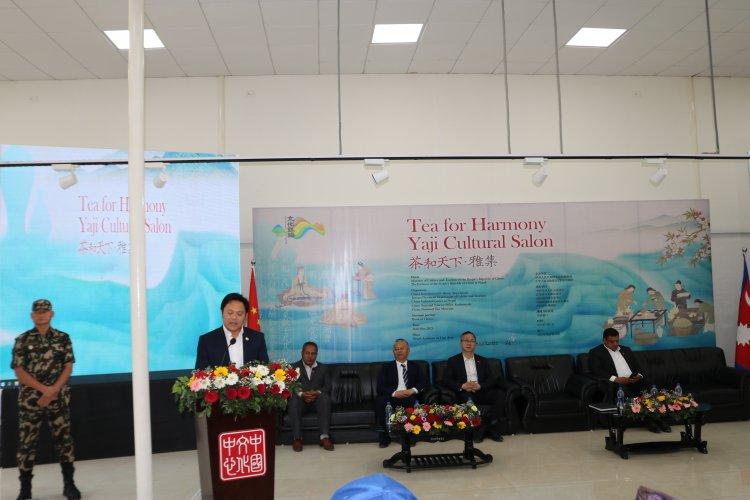 |
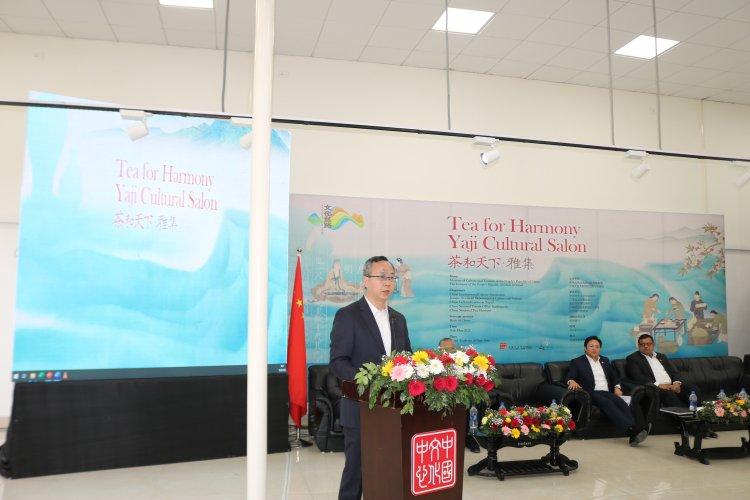 |
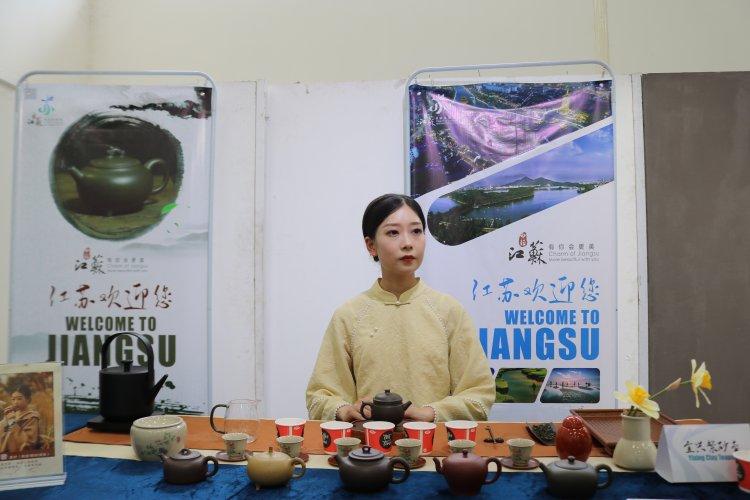 |
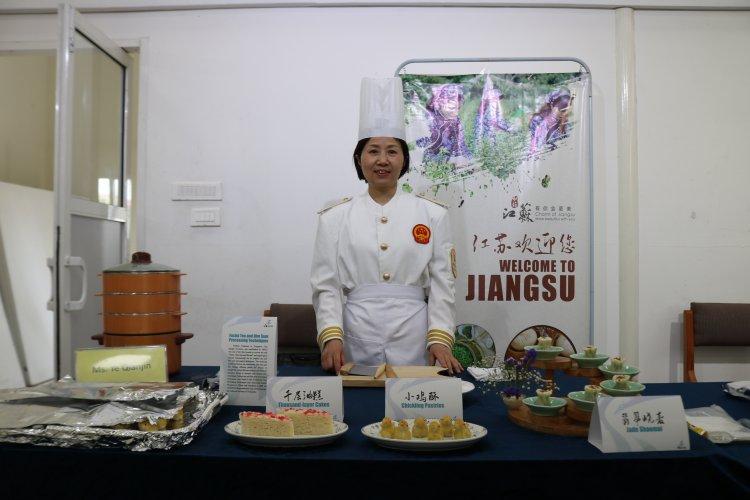 |
The Chinese Ambassador to Nepal, Chyang Su, briefly discussed the history of Chinese tea during the program.
The event was jointly organized by the World Cultural Net Nepal and the Chyang Su Provincial Culture and Tourism Department.
Tea has a rich and fascinating history in both India and Nepal. Let's explore the origins and development of tea in these two countries.
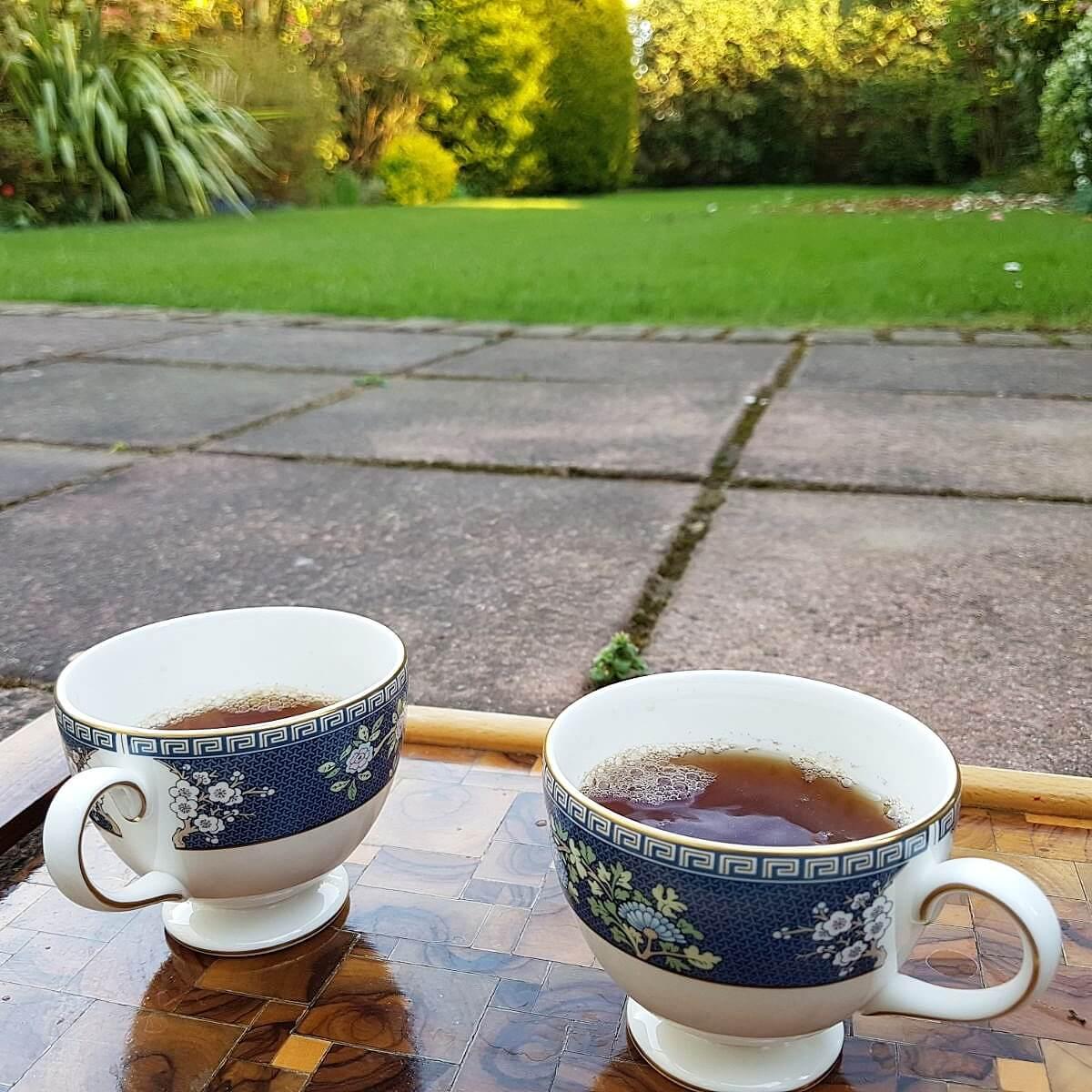
India:
Tea cultivation in India dates back to the early 19th century when the British East India Company, aiming to break the Chinese monopoly on tea production, introduced tea plants from China into the northeastern region of India. The British began experimenting with tea cultivation in Assam, a region known for its favorable climate and fertile soil.
In 1823, a British explorer named Robert Bruce discovered wild tea plants growing in the Assam region. This discovery led to the establishment of tea plantations in Assam, and by the 1830s, commercial tea production had taken root. Large-scale tea cultivation expanded rapidly in Assam, with the British importing skilled laborers from China to work on the plantations.
As the tea industry flourished, British entrepreneurs and planters ventured into other regions of India. The Darjeeling district in West Bengal, known for its cool climate and high-altitude tea gardens, became a prominent tea-growing region in the mid-19th century. Darjeeling tea gained recognition for its distinctive flavor and became highly sought after in international markets.
Over time, tea cultivation expanded to other parts of India, including the Nilgiri Hills in Tamil Nadu and the Dooars region in West Bengal. Today, India is one of the largest tea producers in the world, renowned for its diverse range of teas, including Assam, Darjeeling, Nilgiri, and Kangra.
Nepal:
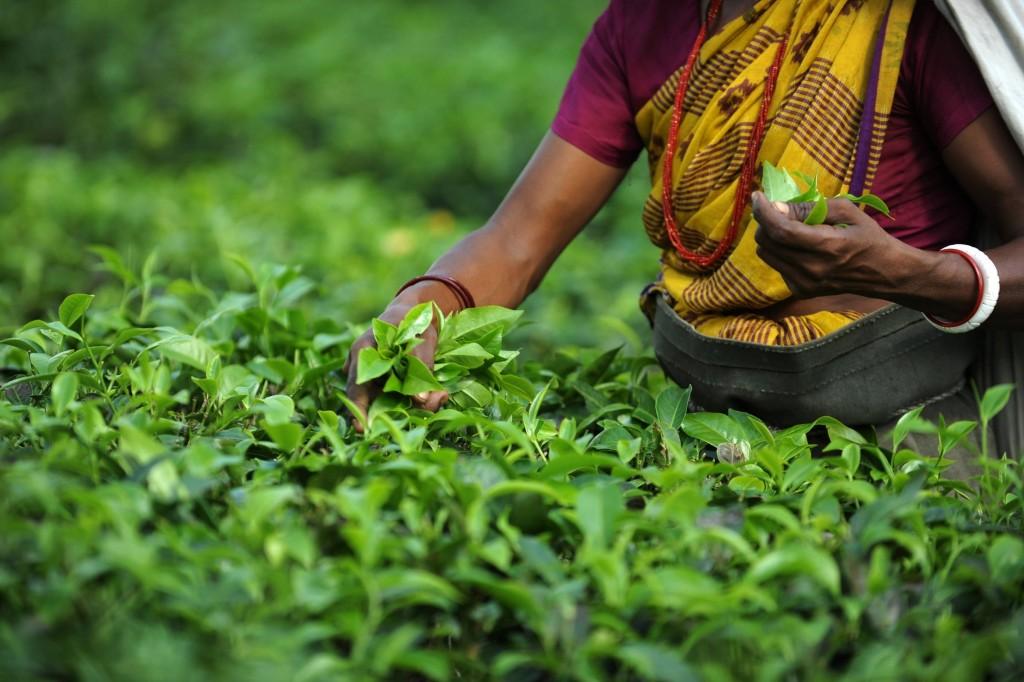
Tea cultivation in Nepal has a more recent history compared to India. The first tea seeds were brought to Nepal from China by a Tibetan trader in the mid-19th century. Initially, tea was grown on a small scale in private gardens and monasteries, primarily for local consumption.
The commercial tea industry in Nepal began to develop in the early 20th century. In 1863, a British botanist named Dr. Archibald Campbell, who was involved in the tea industry in Darjeeling, introduced tea cultivation to the Ilam district in eastern Nepal. The region's climate and soil conditions were found to be suitable for tea production.
Following this introduction, tea plantations started to emerge in various parts of Nepal. Ilam, along with the neighboring districts of Jhapa and Panchthar, became the primary tea-growing regions. The tea industry in Nepal faced challenges in its early years due to political instability and limited infrastructure.
In recent decades, there has been renewed interest and investment in Nepal's tea industry. Small-scale farmers and cooperatives have played a significant role in revitalizing tea cultivation. Nepali tea, known for its unique flavor profiles, has gained recognition in international markets.
Today, tea is an important agricultural crop in Nepal, contributing to the country's economy and providing livelihoods for many farmers. The tea industry continues to grow, with an emphasis on sustainable and organic production practices.
Both India and Nepal have a rich tea heritage, and their teas are enjoyed by tea enthusiasts around the world. The cultivation and consumption of tea in these countries have become an integral part of their cultures, traditions, and economies.
- Political Leaders
- Art & Crafts
- Dance & Music
- Sanatan Dharma
- Education & Training
- Food & Drinks
- Gaming
- Health & Fitness
- Home & Gardening
- Literature & Culture
- Love
- Medicine & Ayurveda
- Motors & Vehicles
- Movies & Cinema
- Parenting
- Politics
- Science & Technology
- Shopping
- Social Media
- Spirituality
- Sports
- War & History
- Yoga & Meditation
- Travel & Tourism
- Natural Disaster
- Business & Startups
- DIY & Home Decor
- Finance
- Personal
- News
- Pet Lovers
- Wild Life & Nature
- Podcast & Audio Books
- Poetry
- Law & Order
- Moral Stories
- Jokes & Humour
- Other

